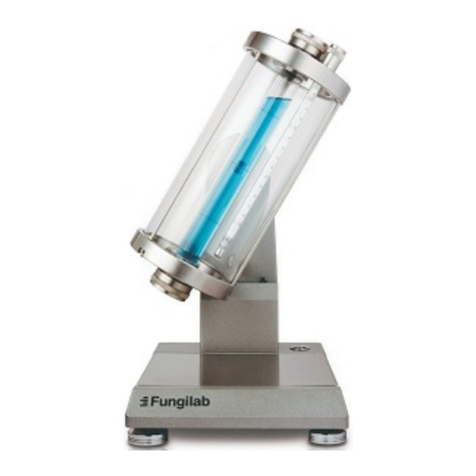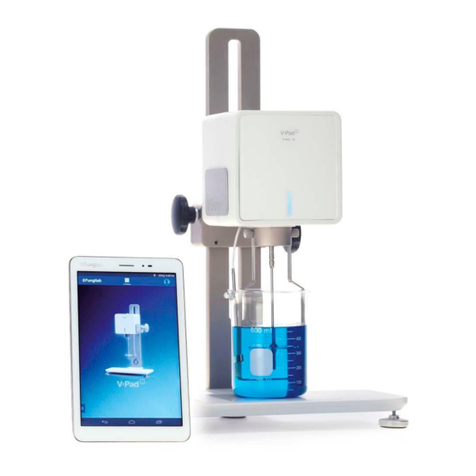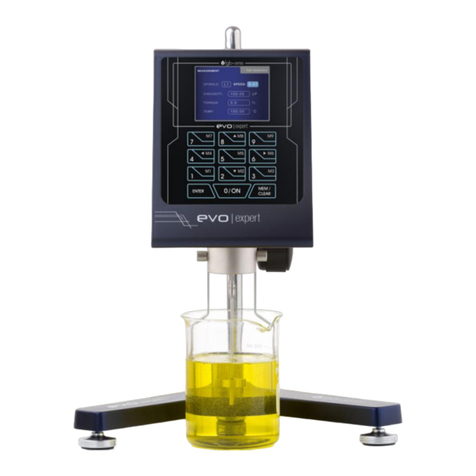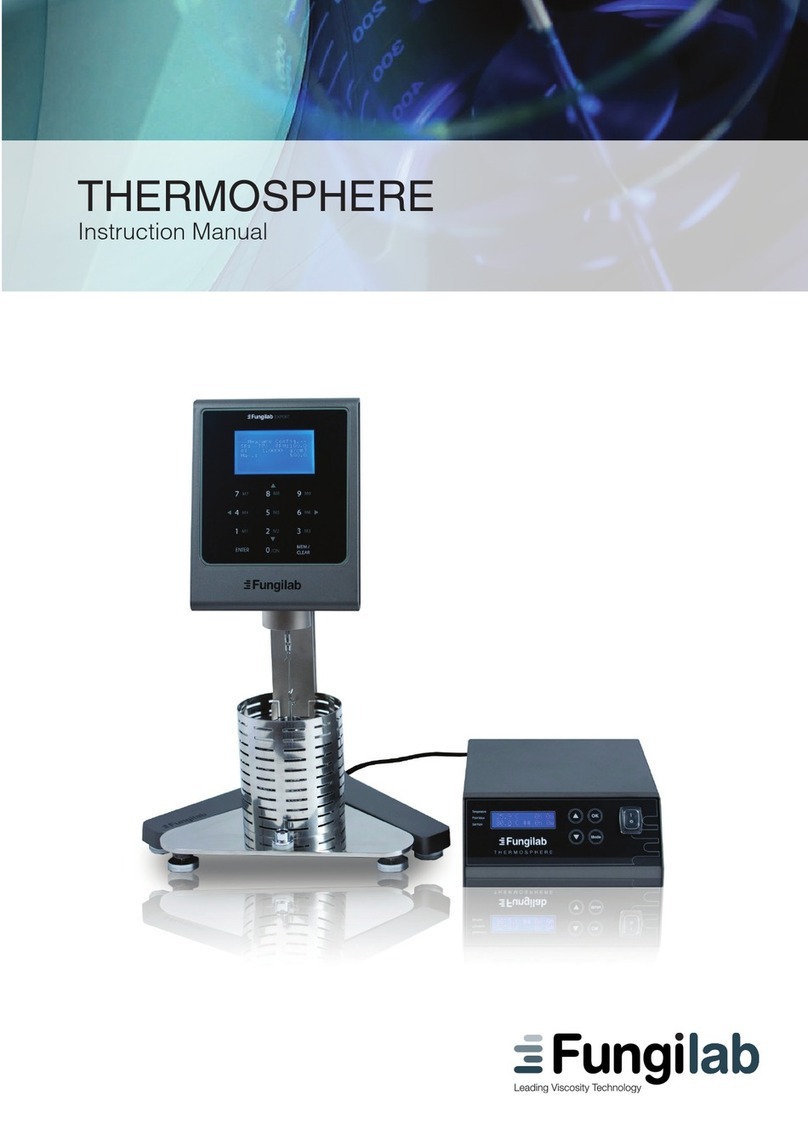
INDEX
INDEX.................................................................................................................................................................. 3
1.
Introduction...................................................................................................................................................5
2.
Safety Instructions....................................................................................................................................... 5
3.
Safety Symbols and Precautions..............................................................................................................6
4.
Utilities........................................................................................................................................................... 6
5.
Specifications............................................................................................................................................... 6
6.
Conditions for use........................................................................................................................................ 7
7.
Maintenance................................................................................................................................................. 7
8.
Equipment presentation.............................................................................................................................. 8
9.
Equipment Description.............................................................................................................................. 10
9.1
Equipment set-up.................................................................................................................................... 12
9.2
The keyboard and screen ...................................................................................................................... 13
10.
Menu system............................................................................................................................................ 14
10.1
Start-up................................................................................................................................................... 14
10.2
Autotest .................................................................................................................................................. 14
10.3
Main Menu ............................................................................................................................................. 16
10.4
Instrument Setup menu........................................................................................................................ 16
10.4.1
Language............................................................................................................................................ 17
10.4.2
Units..................................................................................................................................................... 18
10.4.3
Calibration........................................................................................................................................... 18
10.4.3.1
Reset................................................................................................................................................ 19
10.4.3.2
Viscosity calibration........................................................................................................................ 20
10.4.3.3
Temperature calibration................................................................................................................. 22
10.4.4
Time Settings...................................................................................................................................... 23
10.5
Measurement Configuration................................................................................................................ 24
10.5.1
Measurement Screen........................................................................................................................ 25
10.6
Test Profiles........................................................................................................................................... 27
10.6.1
Edit Test Profile.................................................................................................................................. 27
10.6.1.1
Viscometer programming.............................................................................................................. 28
10.6.1.2
Output options................................................................................................................................. 29
10.6.1.3
Measuring configuration options.................................................................................................. 29
10.6.2 Select Profile ...................................................................................................................................... 29
10.8
Options ................................................................................................................................................... 32
10.8.1
Output.................................................................................................................................................. 32
10.8.2
Information.......................................................................................................................................... 33
10.8.3
Comunication ..................................................................................................................................... 33
11.
Important Rheological Information........................................................................................................ 35
12.
Accessories.............................................................................................................................................. 40
12.1.
Low viscosity adapters (LCP and LCP/B) ........................................................................................ 40
12.1.1
Mounting ............................................................................................................................................. 41
12.1.2
Dismounting and cleaning................................................................................................................ 42
12.1.3
Technical specification for LCP accessories ................................................................................. 42
12. 2. Small sample adapters APM and APM/B........................................................................................ 43
12. 2. 1 Assembly .......................................................................................................................................... 44
12. 2. 2 Dismounting and cleaning.............................................................................................................. 45
12.
2. 3 Technical specifications of APM and APM/B .............................................................................. 45
12.3 HELDAL UNIT –Helicoidal Movement Unit...................................................................................... 47
12.3.1 Heldal unit mounting.......................................................................................................................... 48
12.4. Thermosphere...................................................................................................................................... 50
12.4.1 Connecting Thermosphere to viscometer...................................................................................... 50
13.
Model/Spindle correspondence tables................................................................................................. 51
14.
Model/spindle/oil calibration tables....................................................................................................... 53
15.
ADVANCE L standard spindle selection table.................................................................................... 54
16.
ADVANCE L Special aerial spindle selection table............................................................................ 55
17.
ADVANCE L Special spindle selection table....................................................................................... 56































